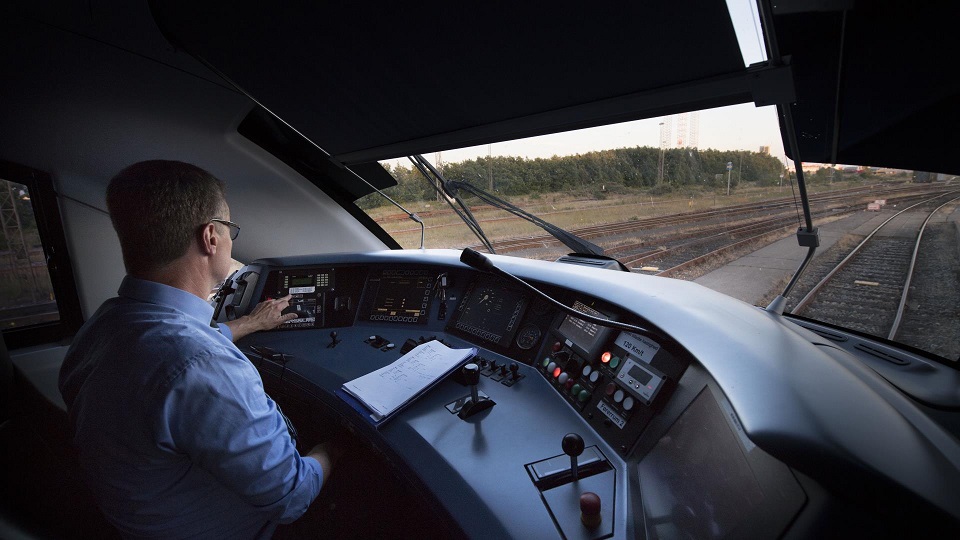‘Closed market for Class B systems hinders implementation of ERTMS’

In order to give new entrants to the market for train protection systems a chance and thus a smoother transition from the existing Class-B systems to ERTMS, The Signalling Company advocates making the system specifications and source codes of these existing systems public. “There is talk of vendor lock-in, which makes it particularly difficult for rail freight operators to respond quickly to the demand of their customers.”
Want to read more?
You have read all of your free premium articles for this month. Please become a subscriber to keep reading.
Subscribe now!
Take advantage of our exclusive offer to get full access to all premium content.




